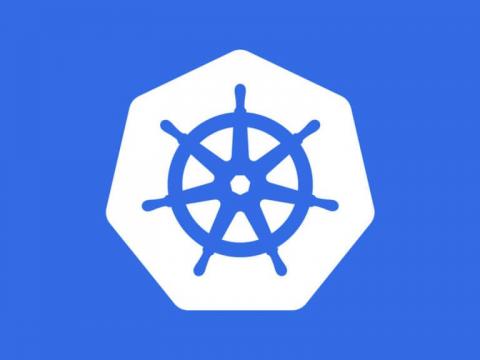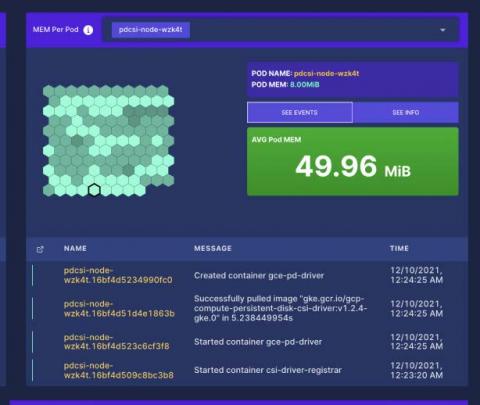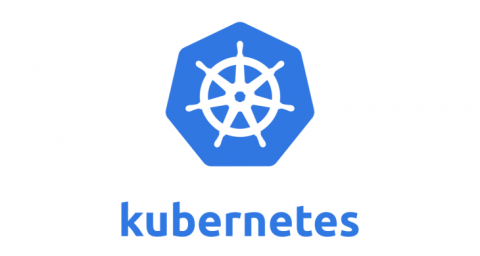Systems | Development | Analytics | API | Testing
Containers
Kubernetes Ingress Controller v2.2 and v2.3
Five Myths of Kubernetes
Kubernetes Load Test Tutorial
In this blog post we use podtato-head to demonstrate how to load test kubernetes microservices and how Speedscale can help understand the relationships between them. No, that's not a typo, podtato-head is an example microservices app from the CNCF Technical Advisory Group for Application Delivery, along with instructions on how to deploy it in numerous different ways. There are more than 10 delivery examples, you will surely learn something by going through the project. We liked it so much we forked the repo to contribute our improvements.
How to make Kubernetes clusters production-ready with Crossplane (k6 Office Hours #46)
Kong API Gateway on Kubernetes with Pulumi
The quest for resilience and agility has driven us into the modern age of microservices. Bringing services to market on a microservice architecture demands utilization of sprawling technology offerings and tooling. While daunting at first glance, we can break down the process into 3 major categories: In this hands on series, we will use.
Orchestrating ML Pipelines at Scale with Kubeflow
Still waiting for ML training to be over? Tired of running experiments manually? Not sure how to reproduce results? Wasting too much of your time on devops and data wrangling? Spending lots of time tinkering around with data science is okay if you’re a hobbyist, but data science models are meant to be incorporated into real business applications. Businesses won’t invest in data science if they don’t see a positive ROI.
ContainIQ finds defects faster with Speedscale Pro
ContainIQ runs all infrastructure on Google Cloud (GKE), and was able to get Speedscale installed within a few minutes. After installing the Speedscale operator, ContainIQ began capturing traffic from the primary gateway where service calls come into a cluster.
The Best Kubernetes Monitoring Tools
In this article, you'll learn about the best Kubernetes performance monitoring tools that are currently on the market. Although there are a number of application performance monitoring solutions out there, this article covers the best options in terms of their key features, functionalities, ease of setup, and the support garnered from each of their respective communities.
Load test WordPress + nginx on Kubernetes
Why this combination you ask? Load testing is my passion, and I am partial to Kubernetes. I challenged myself to share a use case that many could relate to, focused on a business critical application. Websites came to mind and WordPress is the world’s most popular website management system. Of course, nginx is the most popular web server so let’s throw that into the mix. And Kubernetes? With more than 50% of corporations adopting Kubernetes in 2021, what better system to run in.











